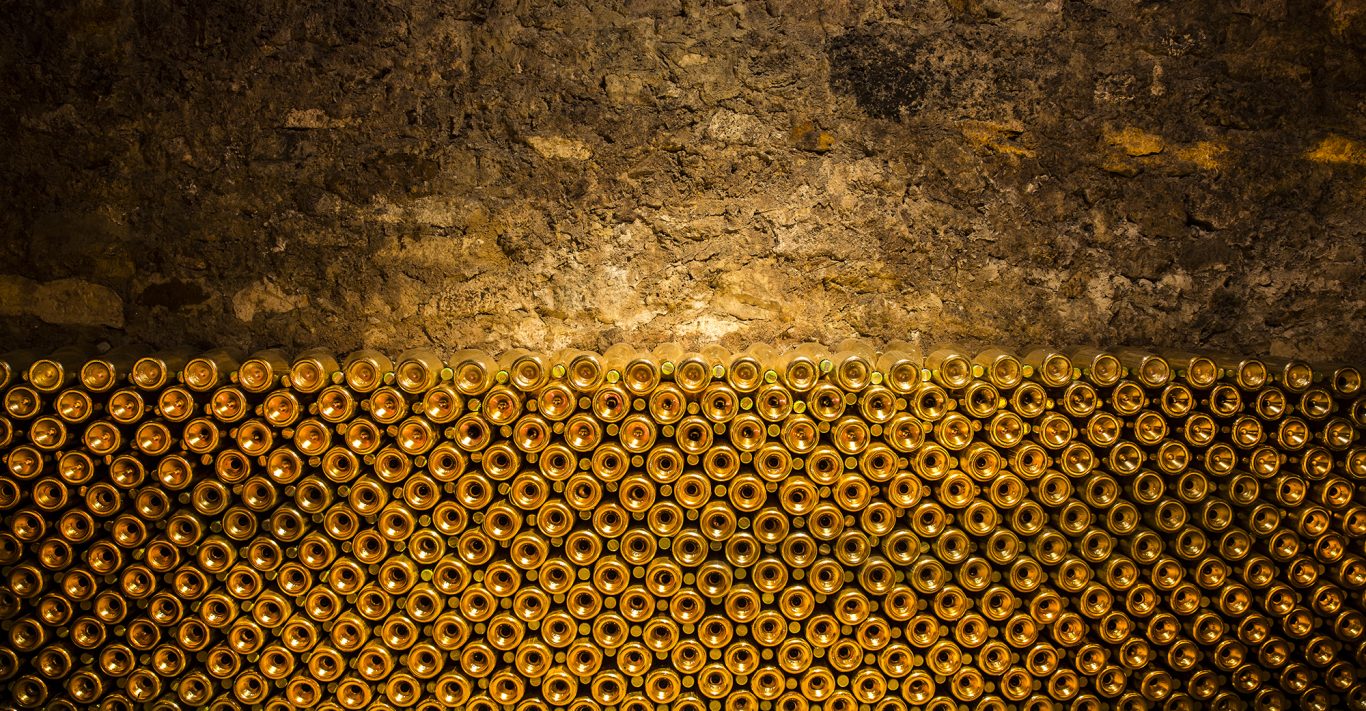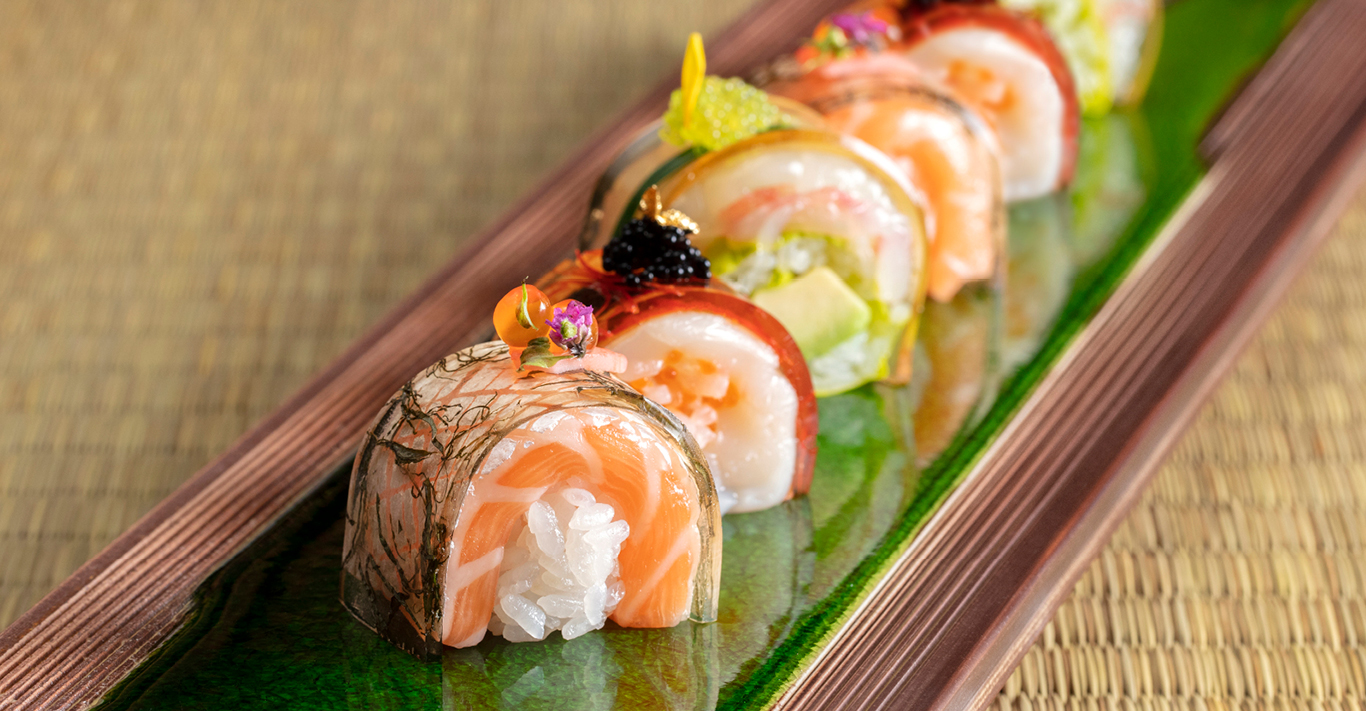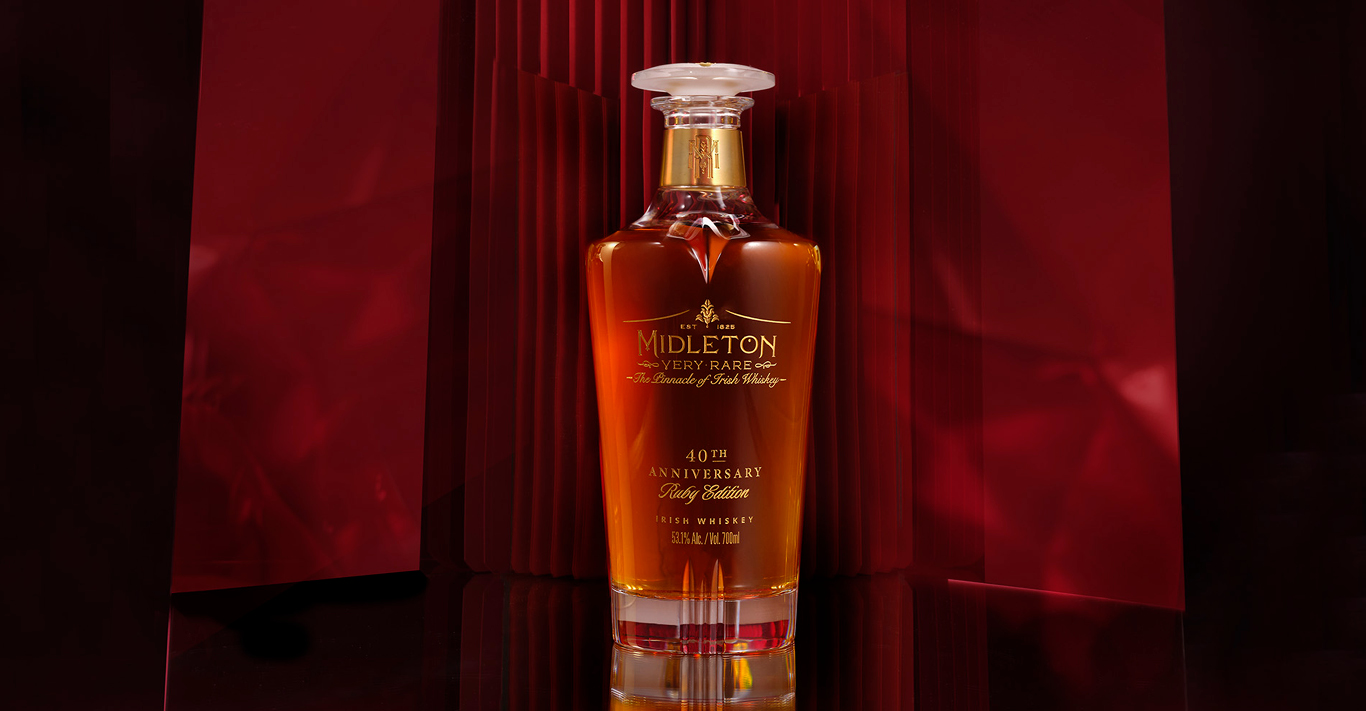Words
Chris Madigan
The sun beats down on vines in Clos du Moulin, Champagne. Just above bunches of pinot noir and chardonnay grapes appears to be a floating Jack Russell. It is, in fact, sitting on Farceur, a plough horse. ‘This vineyard is classified HVE3 [top level for environmental value], so we must use traditional ploughing, not a tractor,’ explains Chef de cave, Jean-Jacques Cattier. ‘We also grow herbs beneath the grapes, which are then ploughed into the soil for nutrients.’
This regular day for Armand de Brignac champagne is far from Jay-Z’s video for Show Me What You Got, in which he summons ‘gold bottles of that ace of spades’. It coincided with Armand de Brignac’s launch with Sovereign Brands, although the Cattiers have been growing in Chigny-les-Roses for over 250 years. They are now one of ten family-owned champagne houses producing more than one million bottles a year.
The idea for the gold bottle came from a partnership in the 1980s with designer André Courrèges, while the pewter ace of spades was to help customers struggling with the name. The thought behind the drink was far less of a marketing ploy though. Jean-Jacques’ son and chief winemaker Alexandre Cattier says, ‘We had created premium champagnes before. For example, a single-vineyard cuvée from Clos du Moulin. With Armand de Brignac, we wanted to do something different – create the best possible champagne from different grapes, years and terroirs.’
We want to make a high-end champagne with a balance of complexity, fruit and freshness. It appeals all over the world and particularly to a young customer’s palate
The assemblage takes place in nearby village, Rilly-la-Montagne. When the grapes are pressed, the first and best juice is called la cuvée; then comes la taille, with lower acidity and less subtle aromas. For Armand de Brignac, the Cattiers only take the first four-fifths of la cuvée, before tannins from broken grape skins get in. They then use pre-war concrete fermentation tanks, instead of the more common steel ones, as concrete’s consistent temperature improves malolactic fermentation. The champagne is bottled and moved to cellars where it is riddled by hand at a rate of 7,000 bottles per hour. Nearby are barrels of the liqueur de dosage – a mix of wine and sugar, which refills the bottle after the yeast lees are disgorged.
It is then, unusually, aged for a year in oak to add spice notes. Some critics have said Armand de Brignac lacks complexity. Alexandre insists this is deliberate: ‘The trouble with some very high-end champagne cuvées is that they have gone too far in complexity and have lost people. We want to make a high-end champagne with a balance of complexity, fruit and freshness. It appeals all over the world and particularly to a young customer’s palate.’
Cattier’s crayères are not part of a public tour, but visits can be arranged with lunch and a tasting on the terrace of the Château de Rilly, and dinner at the two Michelin-starred Le Parc in Reims. In 2010, one visitor arrived at short notice. Jean-Jacques was watching the French Open when the camera cut to Jay-Z and his wife. ‘I didn’t know his music – I am of the Beatles generation – but I did know Beyoncé. Then, the next morning, I got a call saying they would like to visit the cellars. It was a lovely day and I was very impressed by his knowledge of wine – he is a connoisseur and collector.’
Four years later, Jay-Z acquired Sovereign Brands’ interest in Armand de Brignac. ‘It really is an amazing story for a small family company,’ says Jean-Jacques. ‘Of course, we are always under the spotlight, but we have received many awards based on blind tastings and continue to have wonderful results.’
armanddebrignac.com; for visits email info@armandebrignac.com




